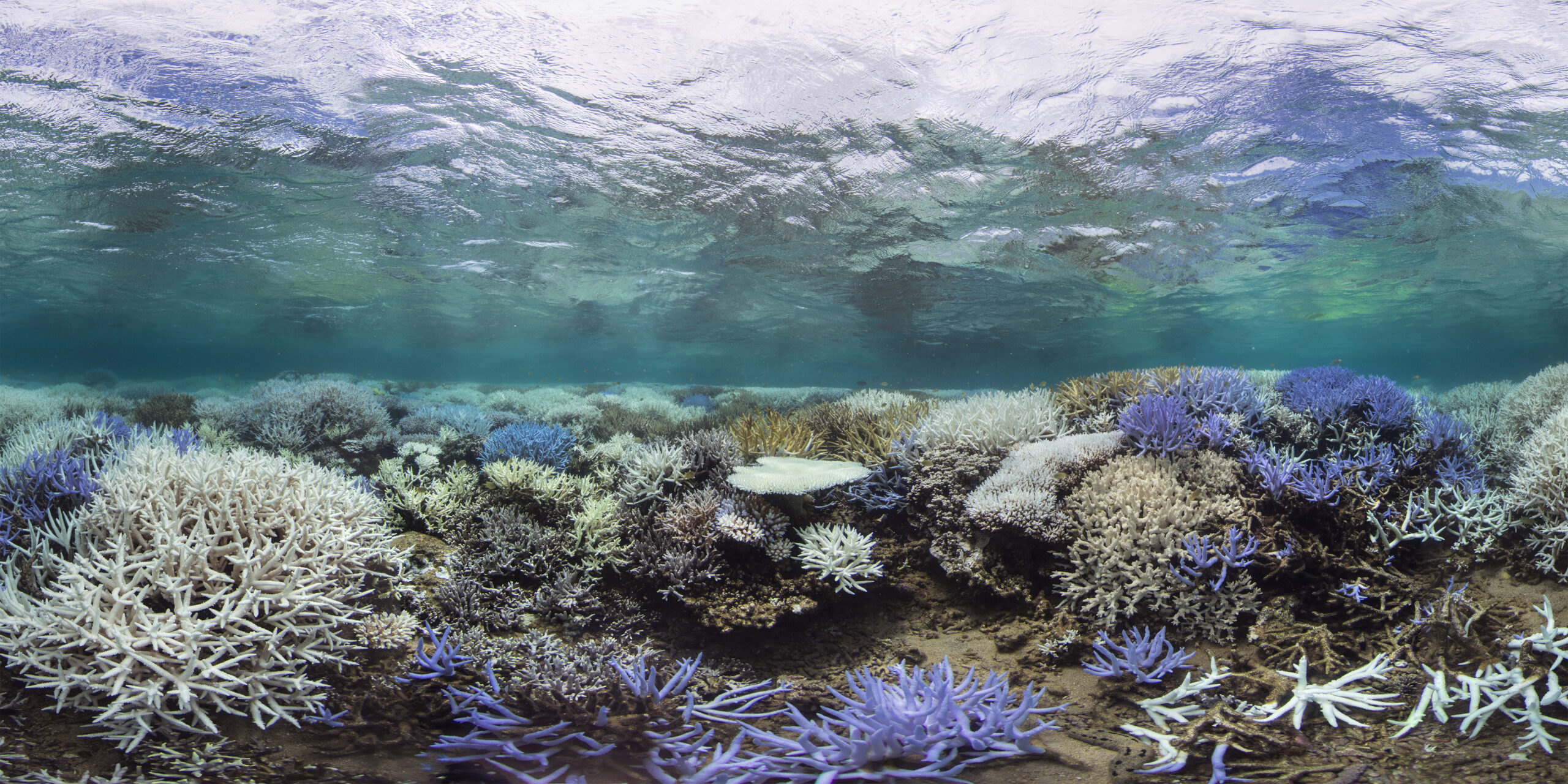So, picture this: you’ve just arrived at your dream tropical destination, ready to explore the crystal-clear waters and the vibrant underwater world. As you strap on your snorkeling gear and dive into the ocean, you’re immediately transported into a magical world of colors and shapes. The water is warm, the sun is shining, and the fish are curiously swimming around you. You feel like you’re in a dream. But suddenly, something catches your eye. As you approach a group of corals, you notice that something’s not quite right. The once-vibrant pink and green hues have faded, and the coral looks pale, white even. You swim closer, hoping it’s just a trick of the light, but as you get nearer, the reality sinks in: the coral is bleached.
What is Coral Bleaching?
Corals are animals, but they live in a symbiotic relationship with tiny algae called zooxanthellae. These algae provide the corals with food and oxygen, and in return, the corals provide them with a safe place to live. It’s a win-win situation! However, when corals are exposed to stressful conditions, such as high temperatures, pollution, or changes in the water’s chemistry, they expel the zooxanthellae. Without them, the coral loses its color and turns white, hence the term “bleaching.” Corals can not live very long in this state. But here’s the good news: coral bleaching doesn’t necessarily mean the end of the reef. If the stressor is removed in time, the zooxanthellae can come back and the corals can recover.
Why Should We Care?
Together, we should care about coral bleaching because coral reefs are essential to the health of our oceans and our planet. They provide a home and a source of food for countless species of fish and other marine creatures. They also protect coastlines from erosion and storms, and play a vital role in regulating the Earth’s climate by absorbing and storing carbon dioxide. When coral reefs suffer, so do the ecosystems and the people that depend on them. Additionally, coral reefs are a stunning display of biodiversity and natural beauty, and their loss would be a tragedy for future generations. By taking action to prevent and mitigate coral bleaching, we can help protect one of our planet’s most precious resources.
Our Role in Identifying Bleaching Events
The global coral bleaching monitoring program at the Coral Reef Alliance is focused on early detection of bleaching events so that we can identify reefs in need of our protection. For example, if a bleaching event has started in an area with many tourist divers, we can influence local stakeholders to limit visitors to that reef until it can have time to recover. Through this program we have collaborators monitoring events in the water and we are also partnering with the Allen Coral Atlas to help improve their satellite-based technology to identify bleaching in near-real time.
What Can You Do to Help?
There are many things you can do to help protect coral reefs and prevent coral bleaching. One of the most important is to reduce your carbon footprint by using less energy and supporting policies that address climate change. You can also reduce your impact on coral reefs by being a responsible traveler, choosing reef-safe sunscreens and more sustainable seafood, and avoiding activities that can damage coral, such as anchoring on reefs or touching coral. Finally, you can support organizations like the Coral Reef Alliance that work to protect and restore coral reefs around the world.
Coral bleaching is a serious threat to coral reefs and the many species that depend on them. By understanding the causes and impacts of coral bleaching and taking action to reduce our impact on the environment, we can help protect these important ecosystems for generations to come.

